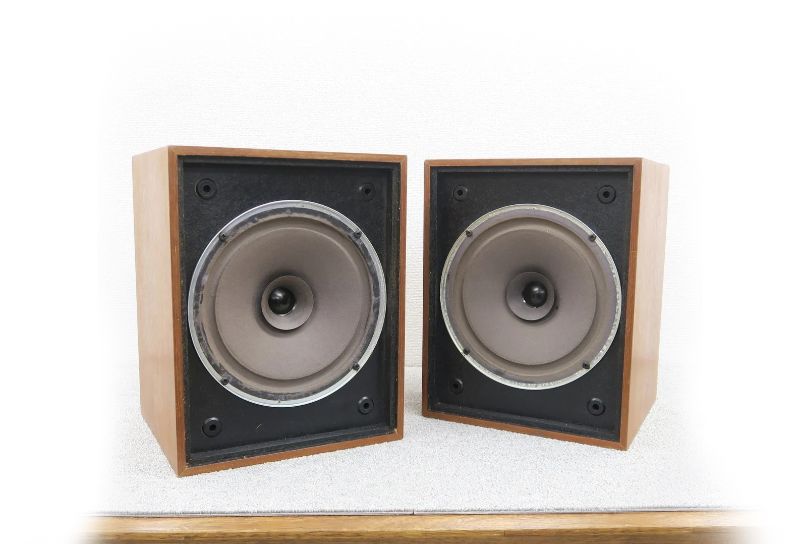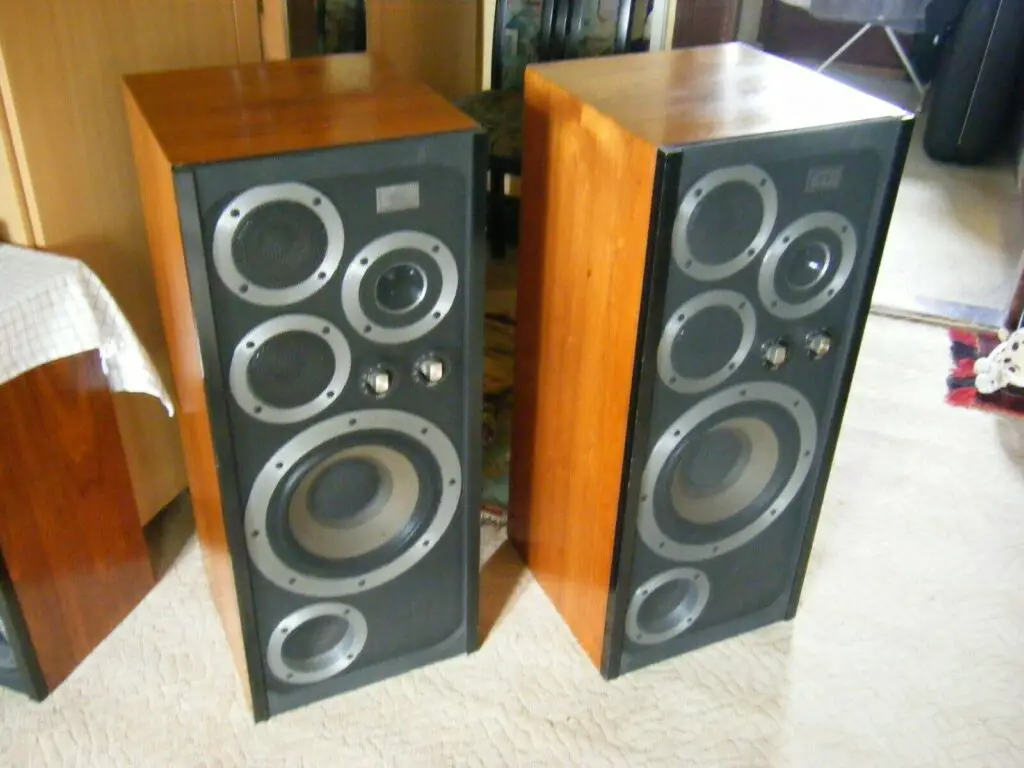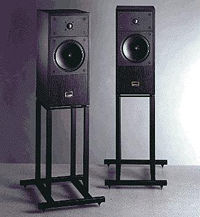The Zu Druid, made in Ogden, Utah, is one of the more intriguing floorstanding loudspeakers I’ve seen. This specific fourth generation model, from 2006, is a fan favorite. The one-and-a-half-way speaker is equipped with a full-range driving unit and a super tweeter that eliminates the need for a crossover. The impedance quoted is 12 ohms (8 ohms minimum) with a sensitivity of 101dB. The frequency response is 35Hz to 25kHz, and the power handling is 300W. In other words, for tube amplifier users, this is a superb loudspeaker.
The Zu260FR-G2 full-range driver, which measures 260mm in length and weighs 25 grams, has a natural fiber cone assembly and cast frame, as well as a precision machined motor and pole assembly. The matching Zu-T1 supertweeter is built of machined aluminium billet and features a split-shelf (12kHz/15kHz) high-pass filter to mate to the main driver. Griewe driver loading is used in the cabinet, which is said to provide wideband cone damping, correct control of rear acoustic energy, and little low-frequency time delay. Internally, Zu B3 cable is used, with silver alloy terminations done with a solderless cold forging process.
The tall (1,270x280x160mm) cabinet has a laminated phenolic composite exterior and a 20mm thick MDF wood core. For levelling and installation, two sets of screw-in spikes are provided, one for carpet and the other for wooden flooring. Each speaker weighs in at a hefty 28 kg. Black Satin and Tokyo Frost were the two available finishes, with bespoke paint finishes available at an additional cost. Cardas binding posts made of pure copper wrap around the back. Overall, the build quality is good for a speaker that cost £2,395 in the UK in 2006.
Thanks to the supertweeter and outstanding general attention to detail, the Druid is essentially a single drive unit design that has been given the best possible opportunity in life. The lack of a crossover results in a gloriously open, smooth sound — as well as the related hassles of integrating additional drivers. The midband, in particular, is beautifully flowing and even; it’s great in the time domain and tonally as well. The negative is that it doesn’t have enough physical presence to be a really universal loudspeaker, and it doesn’t produce low bass. It’s not a muscle-bound loudspeaker, but rather a ballet dancer, with dexterous and fluid bass that makes listening a pleasure.
The Druid’s other feature is its incredible efficiency; it allows you to use a high-quality tube amplifier and get the benefits of such a design. That light drive unit is exceptionally fast and detailed, and it provides a wide view of the music. There’s a trace of milky tint, but it’s no worse than you’d get from comparable-priced B&W speakers of the time; it’s due to the cone material, not the cabinet. Treble is nice, but not great; some speakers with ribbon tweeters sound better, and it lacks luster – but it’s wonderfully timed and blends in beautifully with the whole sound.
This is a fascinating speaker to listen to because of its innately fine melodic timing and timbre, but it also performs significantly better over the range than a single driver design would. If you’re like tube amps, this is a must-have.







